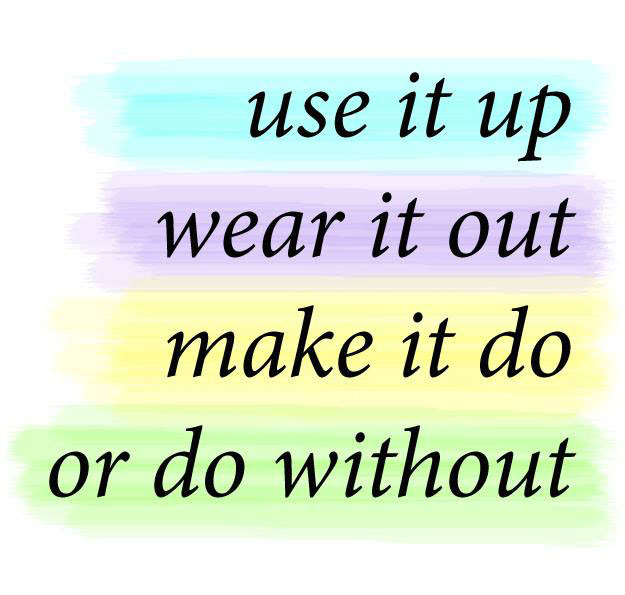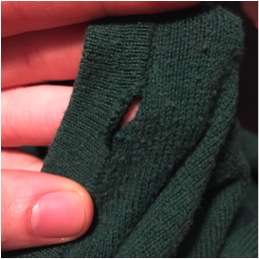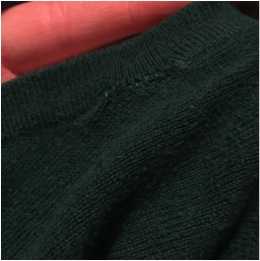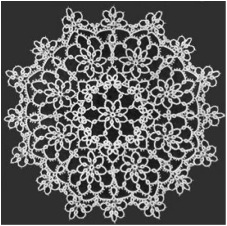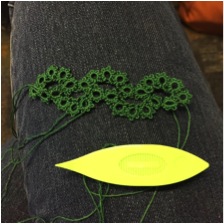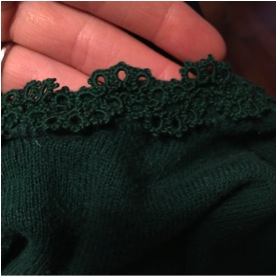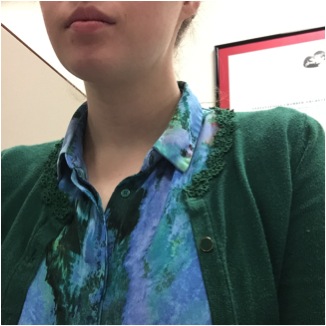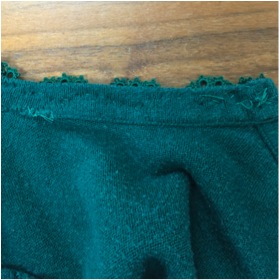How to Get Rid of Clothing Swap Leftovers
We hosted our most recent style swap on January 20, and the boxes of leftover clothes and accessories have been hanging out in my living room ever since.
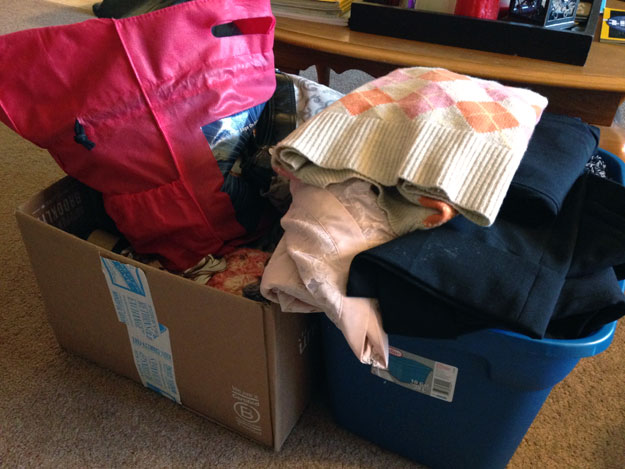
Hi, guys.
Dealing with the leftovers is a minor inconvenience, but I actually appreciate that the swaps have given me an opportunity to experiment with different ways of connecting stuff with people who actually want it. Here’s what I’ve tried so far with this latest batch:
Consignment/Resale
At the swap, I announced that I might try selling some of the leftovers and donating the proceeds to Dress for Success. A few weeks ago I took what I considered the best of the leftovers to two consignment/resale shops, Plato’s Closet and Simply Chic. Unfortunately, neither store purchased any of the items, saying the items weren’t recent enough or weren’t in styles that sell well.
Facebook Sale Groups
After trying the resale shops, I posted four of what I considered the most appealing items in a local Facebook sale group, listing each item for a dollar. One item sold (a skirt from H&M), but the others didn’t. Given the fact that people weren’t jumping on what I thought was good stuff, I didn’t continue posting the rest.

Nobody wanted these dope shoes!
I would like to continue experimenting with what works best for these groups—is there an optimal time of day to post? There are multiple sale groups for my neighborhood—does women’s fashion sell better in one group than another? Is it better to post a “closet cleanout” style post with lots of pictures and numbered items, or post one item at a time? I’m hesitant to post lots of items at once, because you still have to communicate with each buyer individually regarding pickup, which could become time-consuming if a lot of items sell.
ThredUP
My best friend is an avid devotee of ThredUP, an online resale shop for women’s and kids’ fashion. She raves about the experience from the consumer side and suggested I try out the selling side to see what it’s like. Despite the fact that the local consignment stores didn’t accept any of my items, I browsed ThredUP and saw several items similar to the items I had tried to sell, and most items I entered into the site’s Payout Estimator were marked as “Accepted.” A few items even had surprisingly high estimated payouts:
- Etcetera dress pants – estimated payout of $18.80 to $22.80 (this has to be some kind of glitch)
- Paper Denim & Cloth jeans – estimated payout of $8.88
- J. Crew khakis – estimated payout of $5.13
I ended up sending in about 24 items, filling one of ThredUP’s cleanout bags. The mix included two pairs of shoes, several pairs of dress pants, tops, sweaters, and a couple of dresses. The submission process was super easy—the free shipping label comes already attached to the cleanout bag, so you don’t even have to worry about sticking it on.
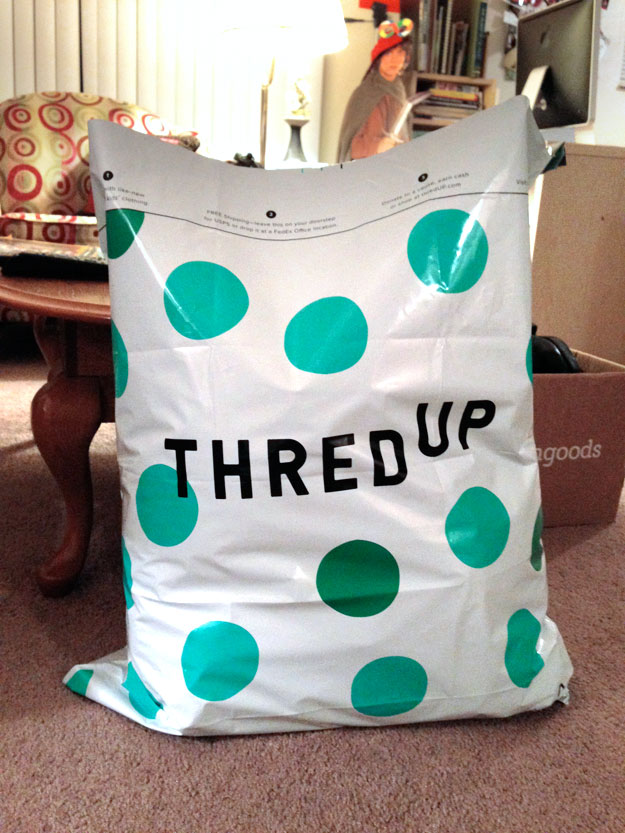
Say hi to Frodo in the background!
Yesterday I received an email from ThredUP announcing they have received my bag and it is scheduled to be processed on April 24. The site says they accept less than 40% of what they receive, so I know not to expect them to take everything, but I’m interested to see how close the estimated payouts come to the actual, especially on the big ticket items listed above. For the items they don’t accept, they connect with textile recyclers, which I’m totally in favor of and wish I had more direct access to as a consumer.
Donate
Some of the swap leftovers weren’t on-trend enough or in good enough condition to submit to ThredUP, so I’m planning to take those items to Thrifty Threads this weekend. I like to support this particular thrift store with swap leftovers since their proceeds support the Julian Center, a local women’s shelter. I know they would probably prefer to have the good stuff than the dregs, so I hope they’re set up to sell unwanted items to textile recyclers or other resellers—this is something that’s been in the back of my mind to research.
What have your experiences with clothing resale been like? I’m hoping ThredUP is more accepting than the local stores since they cater to national trends, which are sometimes slower to reach Indiana. (I don’t think people here know that wide-leg dress pants are a thing again!) Have you ever used ThredUP, either as a buyer or seller? How about a Facebook sale group?


